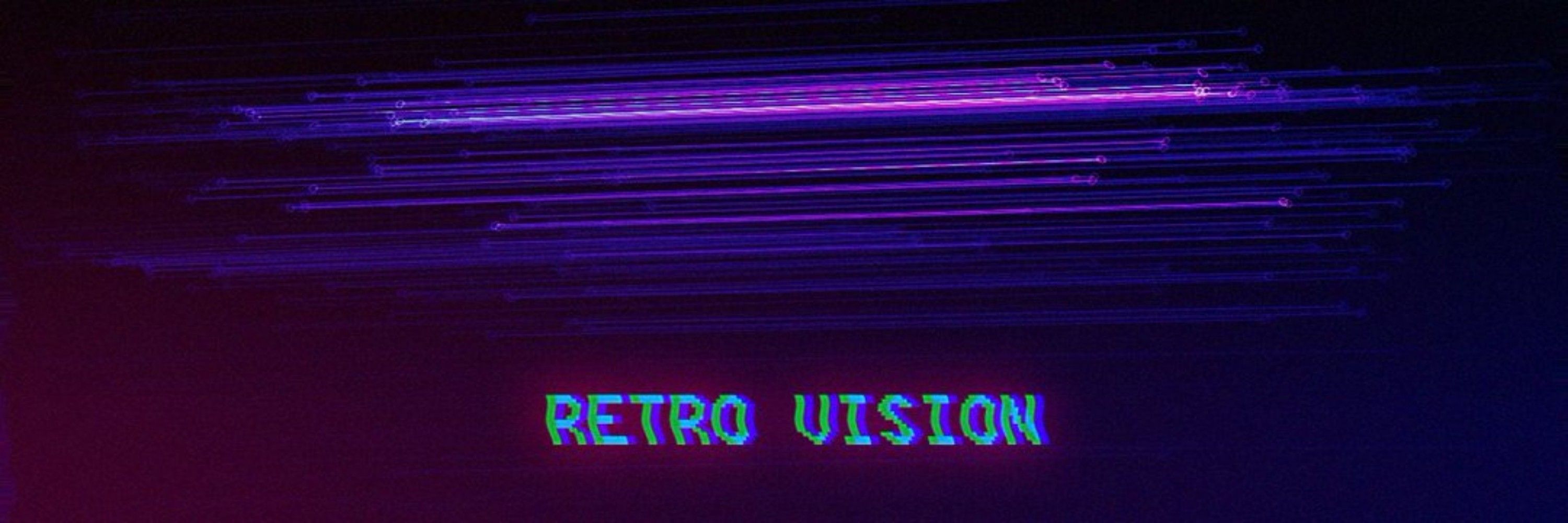
Throws machine learning at traditional computer vision pipelines to see what sticks. Differentiates the non-differentiable.
📍Europe 🔗 http://ebrach.github.io
nianticspatial.github.io/fastforward/
Work by @axelbarroso.bsky.social, Tommaso Cavallari and Victor Adrian Prisacariu.

youtu.be/NymS-f4DNh0
3.5h of goodness dedicated to robot-object manipulation w/ Hao-Shu Fang (MIT), Maximilian Durner (DLR), Agastya Kalra+Vahe Taamazyan (Intrinsic) and Sergey Levine (Physical Intelligence)

youtu.be/NymS-f4DNh0
3.5h of goodness dedicated to robot-object manipulation w/ Hao-Shu Fang (MIT), Maximilian Durner (DLR), Agastya Kalra+Vahe Taamazyan (Intrinsic) and Sergey Levine (Physical Intelligence)
Now, after one involuntary overnight stay: delay again. Great job @lufthansagroup.bsky.social
Now, after one involuntary overnight stay: delay again. Great job @lufthansagroup.bsky.social
day 1: read the reviews
day 2-6: calm down
day 7: write the rebuttal
day 1: read the reviews
day 2-6: calm down
day 7: write the rebuttal
Gives you, e.g., a RGB-D version of ACE0. In the snipped below, I jointly reconstruct multiple RGB-D scans of ScanNet.
github.com/nianticlabs/...
Gives you, e.g., a RGB-D version of ACE0. In the snipped below, I jointly reconstruct multiple RGB-D scans of ScanNet.
github.com/nianticlabs/...
github.com/nianticspati...
github.com/nianticspati...
cmp.felk.cvut.cz/sixd/worksho...
🤖 Object pose estimation for industrial robotics
📢 Speakers:
- Sergey Levine (UC Berkeley)
- Haoshu Fang (MIT)
- Maximilian Durner (DLR)
- Agastya Kalra & Vahe Taamazyan (Intrinsic)
📊 BOP 2025 with new BOP-Industrial datasets

cmp.felk.cvut.cz/sixd/worksho...
🤖 Object pose estimation for industrial robotics
📢 Speakers:
- Sergey Levine (UC Berkeley)
- Haoshu Fang (MIT)
- Maximilian Durner (DLR)
- Agastya Kalra & Vahe Taamazyan (Intrinsic)
📊 BOP 2025 with new BOP-Industrial datasets
I will give three (very different) talks at workshops and tutorials, see info below.
We also present two papers, ACE-G and SCR Priors.
And it's the 10th (!) anniversary of the R6D workshop, which we co-organize.

I will give three (very different) talks at workshops and tutorials, see info below.
We also present two papers, ACE-G and SCR Priors.
And it's the 10th (!) anniversary of the R6D workshop, which we co-organize.

I will give three (very different) talks at workshops and tutorials, see info below.
We also present two papers, ACE-G and SCR Priors.
And it's the 10th (!) anniversary of the R6D workshop, which we co-organize.
Train a scene coordinate regressor with "map codes" (ie, trainable inputs) so that you can train one generalizable regressor. Then, find these "map codes" to localize.
Train a scene coordinate regressor with "map codes" (ie, trainable inputs) so that you can train one generalizable regressor. Then, find these "map codes" to localize.
My group works on topics in vision, machine learning, and AI for climate.
For more information and details on how to get in touch, please check out my website:
homepages.inf.ed.ac.uk/omacaod

My group works on topics in vision, machine learning, and AI for climate.
For more information and details on how to get in touch, please check out my website:
homepages.inf.ed.ac.uk/omacaod
Can we learn what a successful reconstruction looks like, and use this knowledge when reconstructing new scenes?
Explainer: youtu.be/RkV6U5xYc20
Project Page: nianticspatial.github.io/scr-priors
Inspiring work by Wenjing Bian et al.!
Can we learn what a successful reconstruction looks like, and use this knowledge when reconstructing new scenes?
Explainer: youtu.be/RkV6U5xYc20
Project Page: nianticspatial.github.io/scr-priors
Inspiring work by Wenjing Bian et al.!
openaccess.thecvf.com/ICCV2025
Workshop papers will be posted shortly. Aloha!

openaccess.thecvf.com/ICCV2025
Workshop papers will be posted shortly. Aloha!
We disentangle coordinate regression and latent map representation which lets us pre-train the regressor to generalize from mapping data to difficult query images.
Page: nianticspatial.github.io/ace-g/
Stellar work by Leonard Bruns et al.!
We disentangle coordinate regression and latent map representation which lets us pre-train the regressor to generalize from mapping data to difficult query images.
Page: nianticspatial.github.io/ace-g/
Stellar work by Leonard Bruns et al.!

- Daniel Barath
- @ericbrachmann.bsky.social
- Viktor Larsson
- Jiri Matas
- and me
danini.github.io/ransac-2025-...
#ICCV2025

- Daniel Barath
- @ericbrachmann.bsky.social
- Viktor Larsson
- Jiri Matas
- and me
danini.github.io/ransac-2025-...
#ICCV2025

- Daniel Barath
- @ericbrachmann.bsky.social
- Viktor Larsson
- Jiri Matas
- and me
danini.github.io/ransac-2025-...
#ICCV2025
Axel Barroso-Laguna, Tommaso Cavallari, Victor Adrian Prisacariu, Eric Brachmann
arxiv.org/abs/2510.00978
Trending on www.scholar-inbox.com




When contexting your feed-forward 3D point-map estimator, don't use full image pairs -- just randomly subsample! -> fast compute, more images.
@axelbarroso.bsky.social, Tommaso Cavallari, Victor Adrian Prisacariu, @ericbrachmann.bsky.social
arxiv.org/abs/2510.00978




@axelbarroso.bsky.social, Tommaso Cavallari, Victor Adrian Prisacariu, @ericbrachmann.bsky.social
arxiv.org/abs/2510.00978
nianticspatial.github.io/fastforward/
Work by @axelbarroso.bsky.social, Tommaso Cavallari and Victor Adrian Prisacariu.
nianticspatial.github.io/fastforward/
Work by @axelbarroso.bsky.social, Tommaso Cavallari and Victor Adrian Prisacariu.

Interested? Check out the self-nomination form in the thread.


